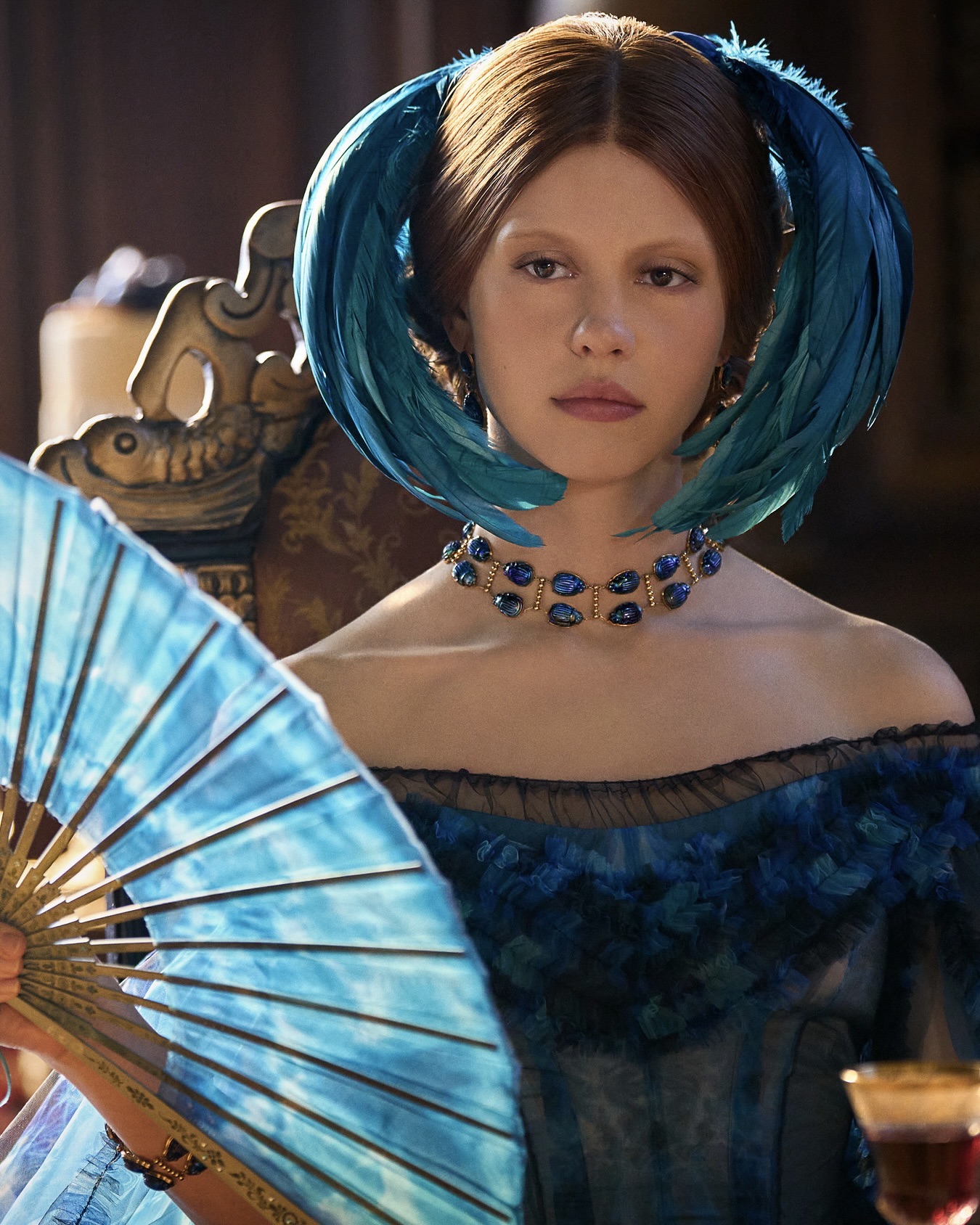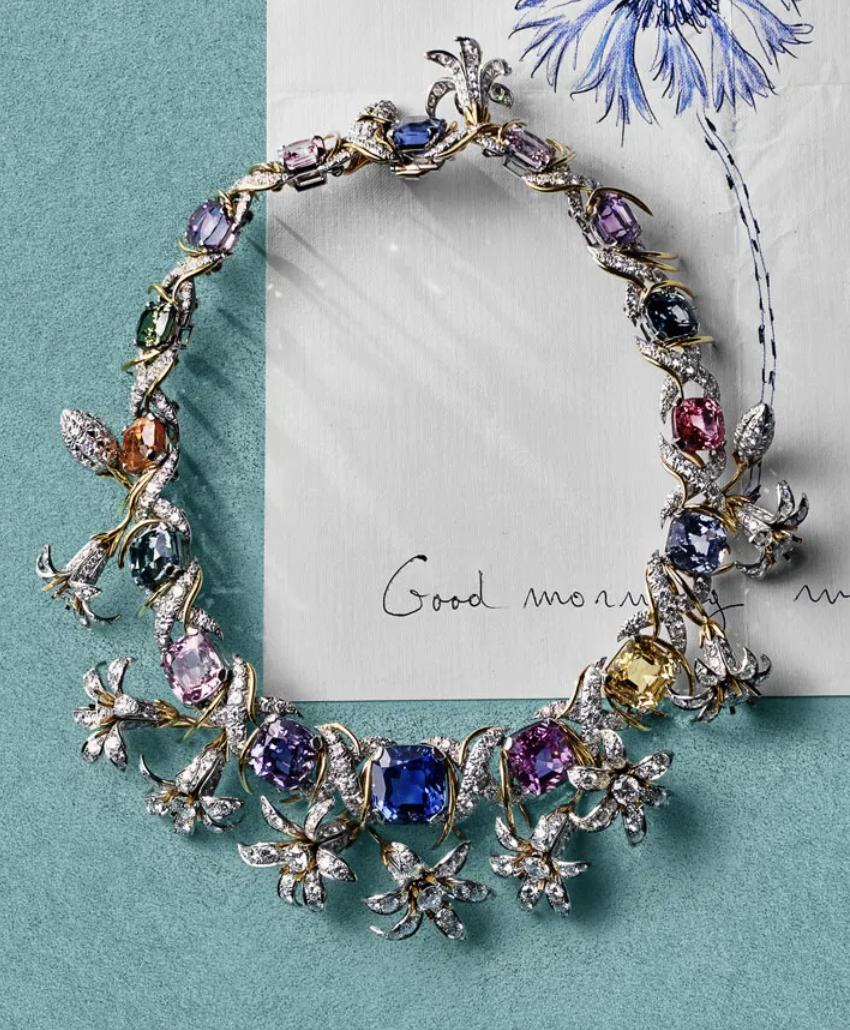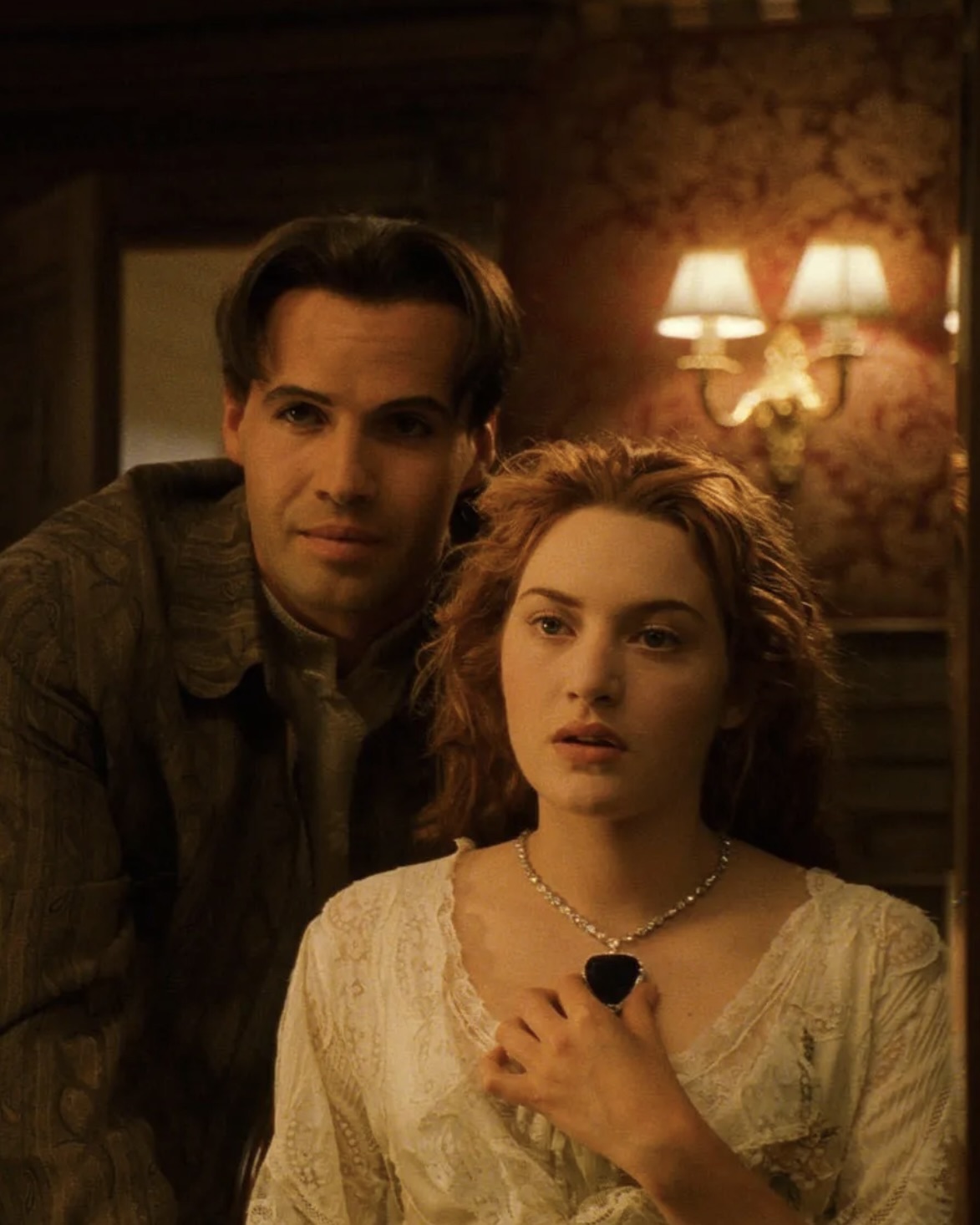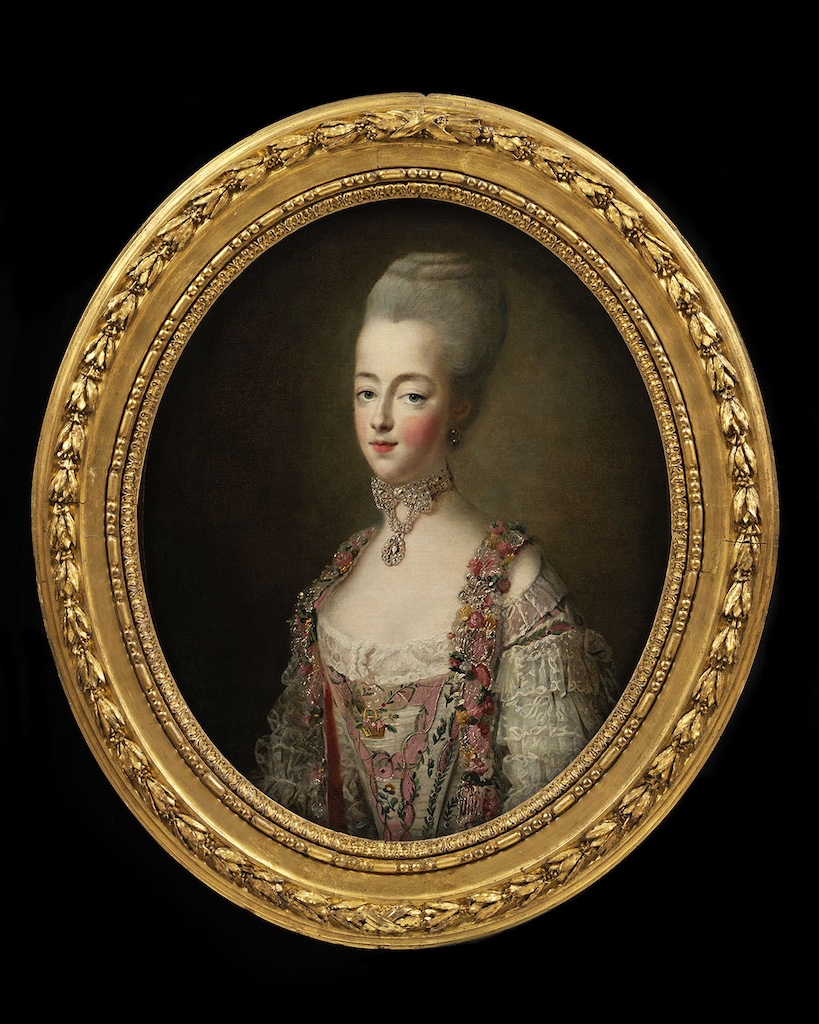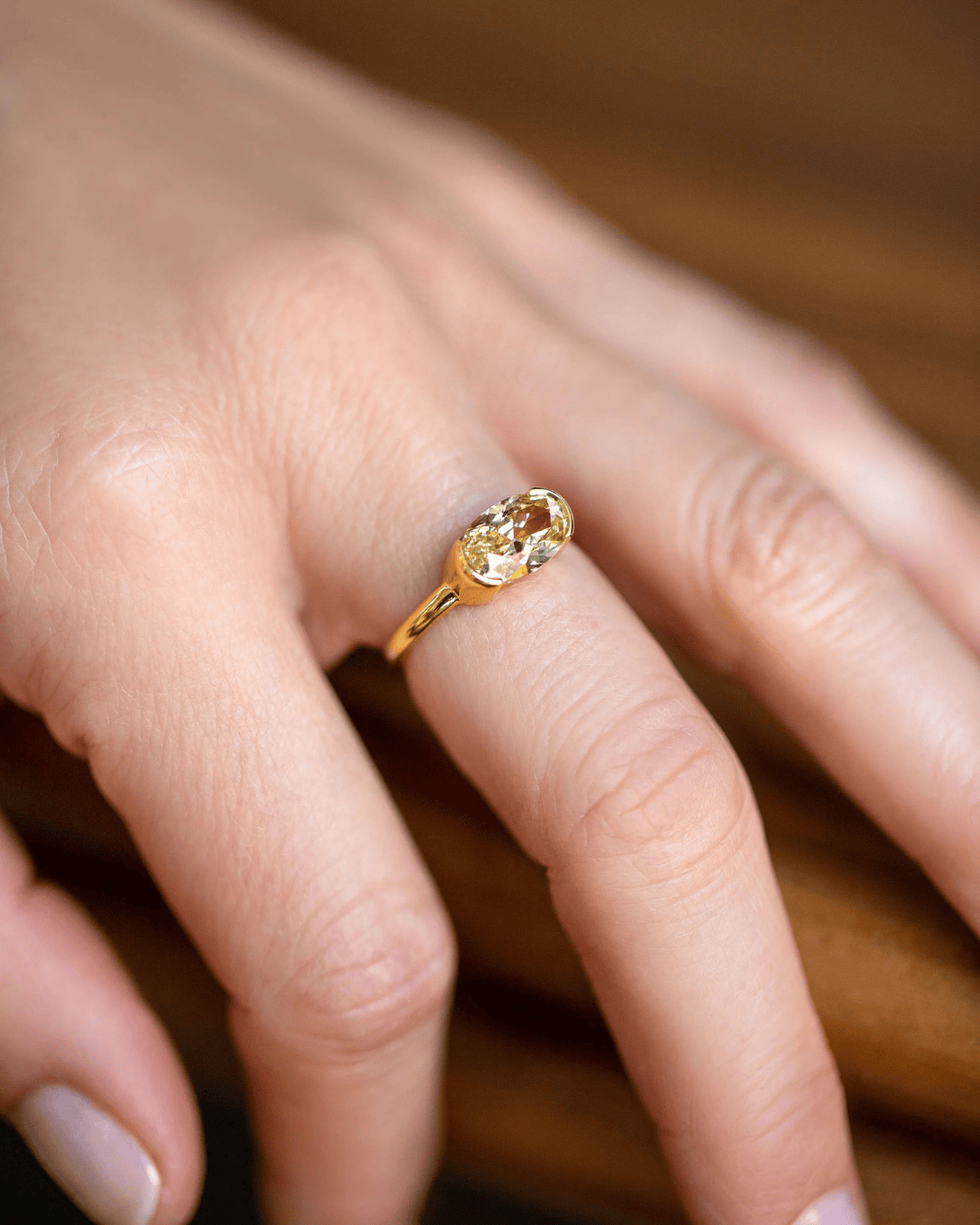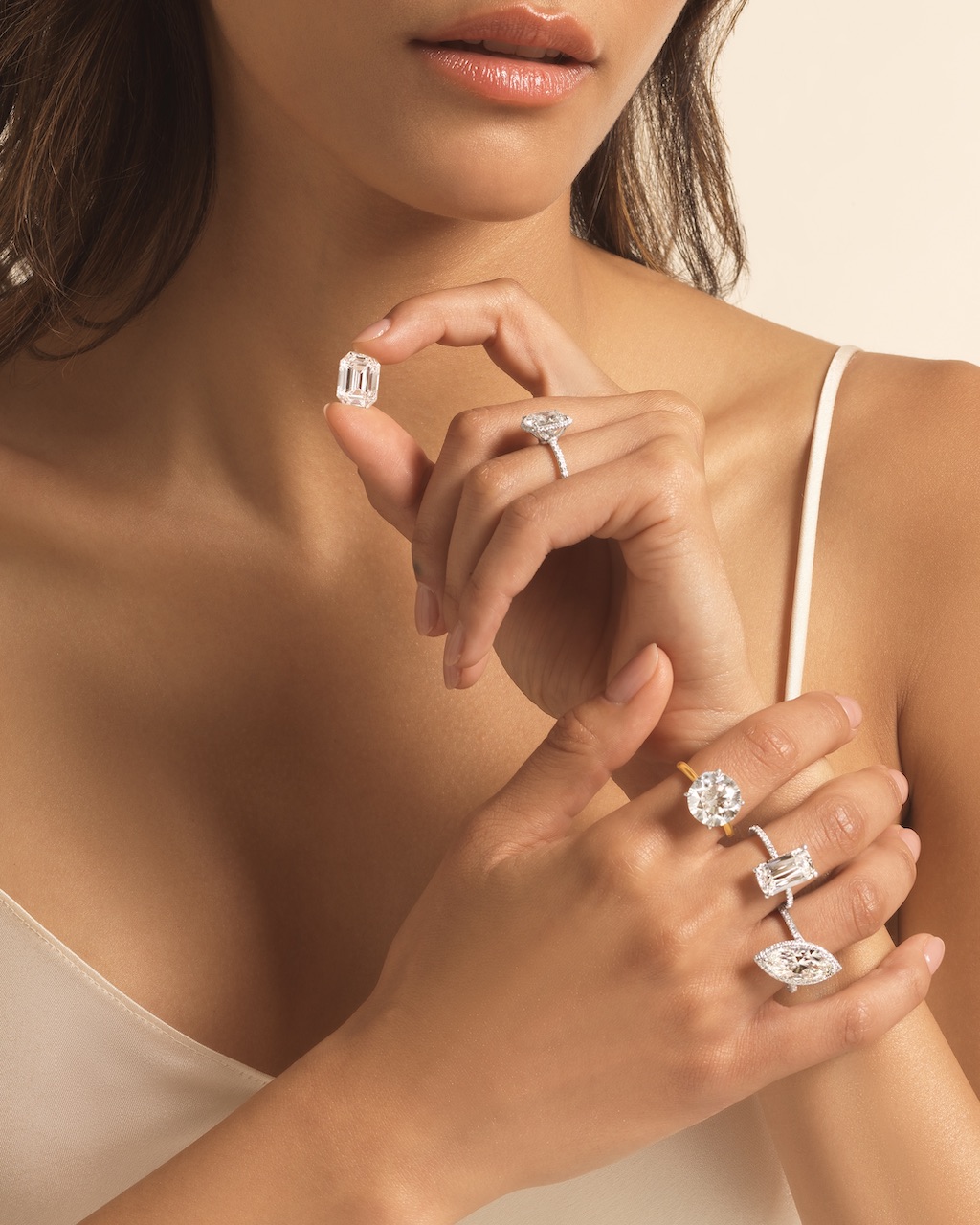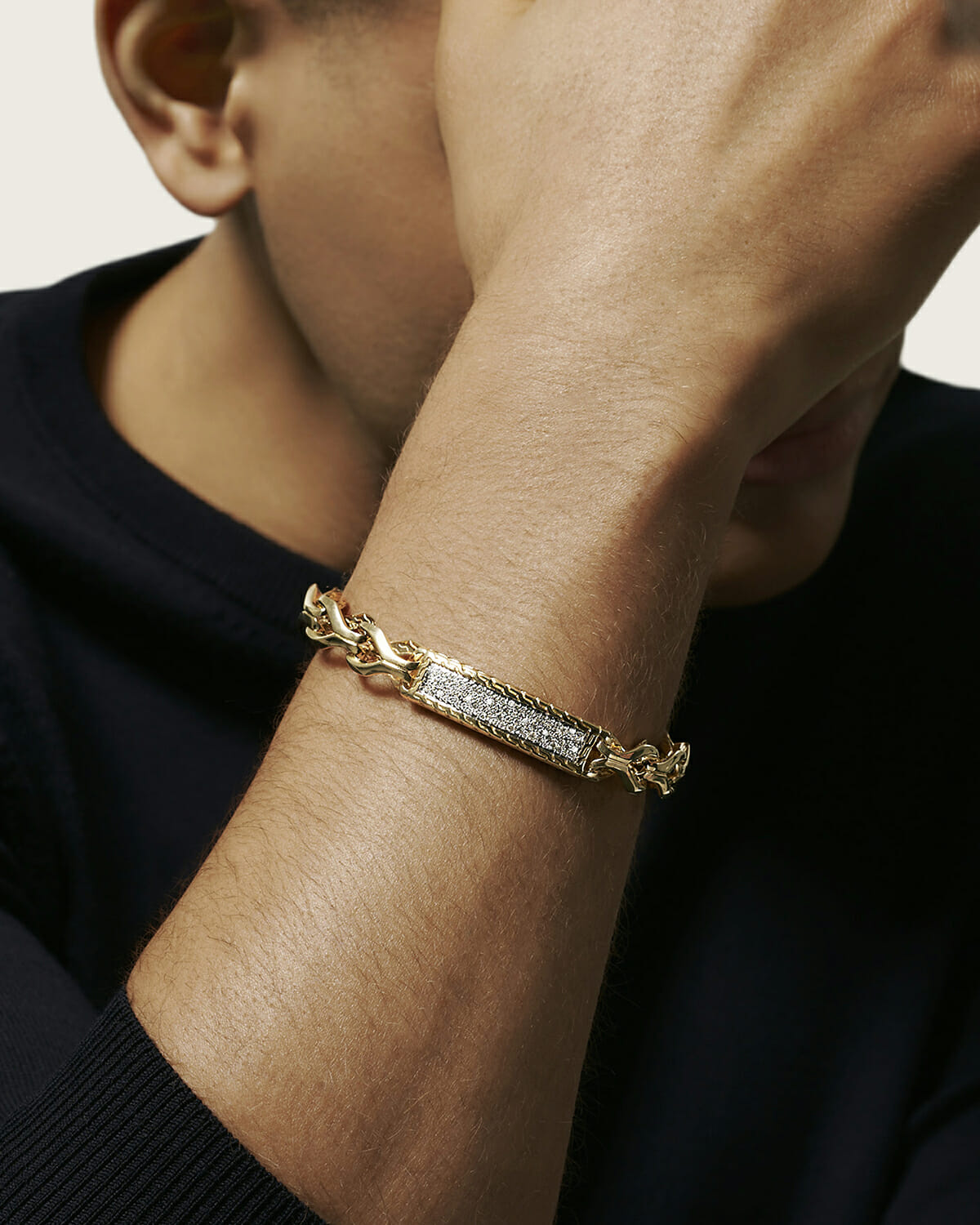The 5 Cs of Diamonds (Yes, 5): The Diamond Detail You Don’t Want to Miss
Savvy shoppers knows: The perfect engagement ring begins with the 5 Cs. Get to know the five factors that define a diamond’s quality.
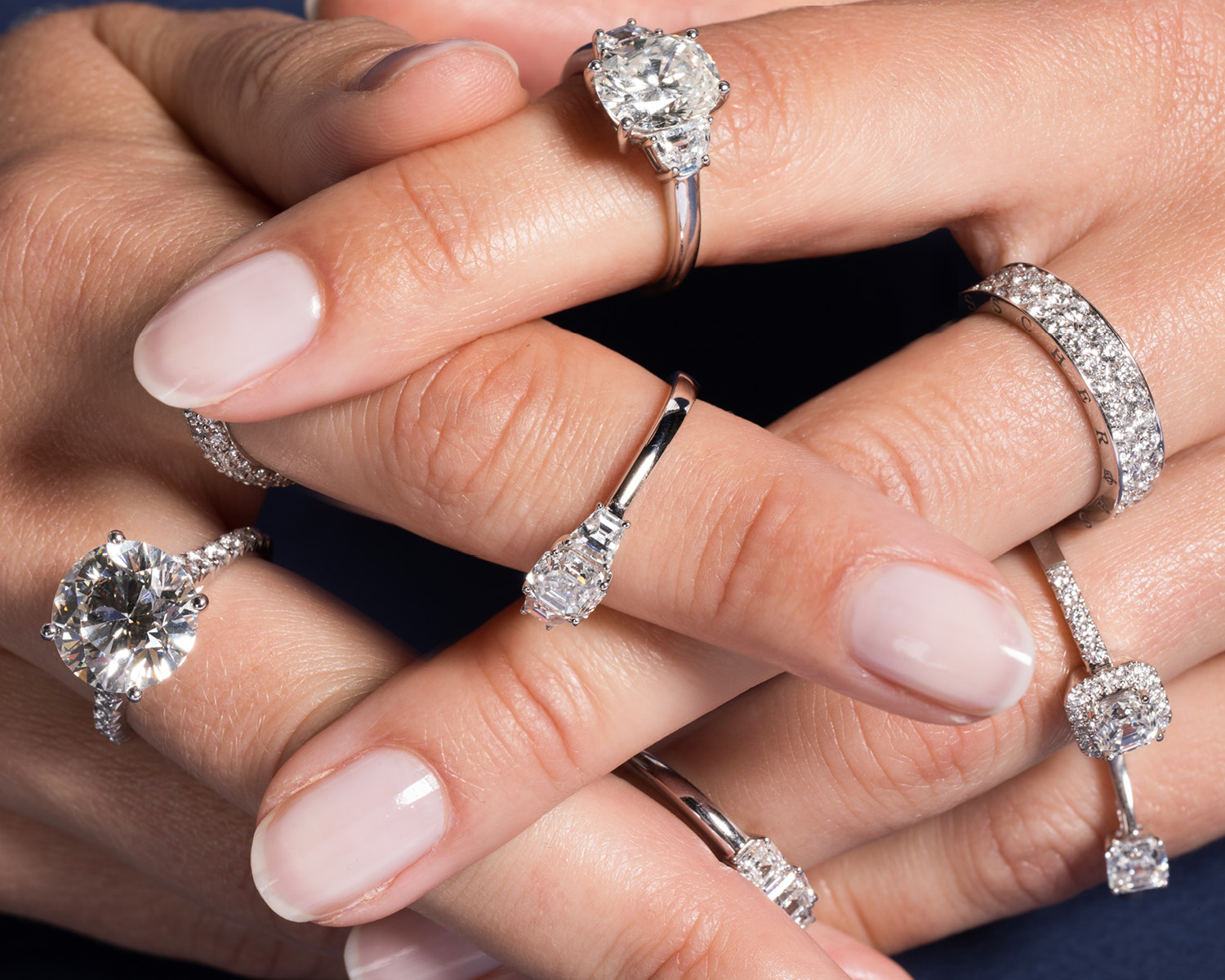
You’ve likely heard of the 4 Cs of diamonds—cut, color, clarity, and carat—the classic metrics invented by GIA used to evaluate diamond quality. But the modern shopper, especially one seeking a truly exceptional engagement ring, understands there’s a fifth element that matters just as much. Today, it’s widely recognized that there are actually 5 Cs of diamonds (yes, 5), and each one plays a vital role in determining a diamond’s true beauty and value.
Meet the Expert

- Shelley Brown has over 15 years of editorial experience and has covered engagement ring and diamond jewelry trends for over a decade
- She holds a Master’s degree in Journalism from New York University
- She was previously the Senior Fashion Editor at The Knot
Why does this matter? An engagement ring is one of the most meaningful pieces of jewelry a person will ever receive. Worn daily and tied to life’s most intimate memories, it deserves to be crafted with a rare, natural diamond—one with character, provenance, and enduring appeal.
It’s essential to educate yourself before making a significant investment in a diamond. After all, a diamond is not just about sparkle—it’s about substance. That’s where the 5 Cs come in. Ahead, a guide to understanding the 5 Cs of diamonds, and how each one helps ensure your diamond is truly extraordinary.
The First C: Cut
The cut of a diamond significantly influences its brilliance. A well-cut diamond reflects light internally from one facet to another and disperses it through the top of the stone, resulting in exceptional sparkle. GIA evaluates cut quality for standard round brilliant diamonds, assigning grades of Excellent, Very Good, Good, Fair, or Poor.
While diamond cutting combines artistry and precision, the range of cut styles is not unlimited. GIA’s cut grading system specifically applies to standard round brilliant cuts and assesses factors such as proportions, symmetry, and polish.
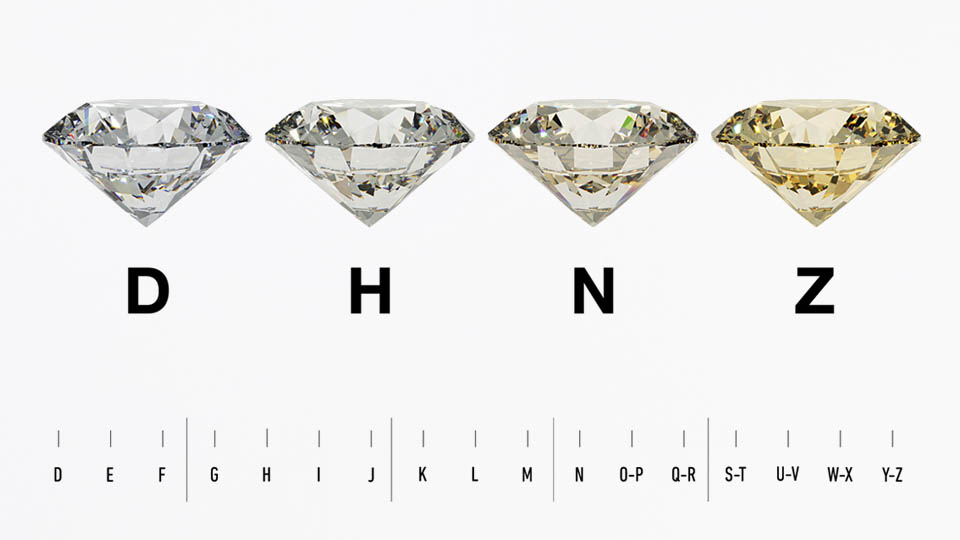
The Second C: Color
Diamonds naturally occur in various colors, but the most sought-after are those in the colorless to near-colorless range. GIA’s color grading scale ranges from D (colorless) to Z (light yellow or brown). Each letter grade represents a subtle shift in color, with D-grade diamonds being the rarest and most valuable.
It’s important to note that even diamonds graded as “colorless” may exhibit minute traces of yellow or brown—often undetectable to the untrained eye. These subtle variations are assessed on the GIA D-to-Z color scale, which applies only to white (or “colorless to near-colorless”) diamonds. On this scale, D represents a completely colorless diamond, while Z indicates a diamond with noticeable color tint.
However, this color scale does not apply to colored diamonds, which are graded entirely differently. When a diamond exhibits a strong, distinct body color—such as pink, blue, green, or intense yellow—it is classified as a fancy color diamond, not a white diamond with tint. The GIA evaluates these stones based on the presence, distribution, and intensity of color, using terms like Fancy Light, Fancy, Fancy Intense, Fancy Vivid, and Fancy Deep.

The Third C: Clarity
Clarity assesses the presence of internal inclusions and external blemishes in a diamond. GIA’s clarity scale includes 11 grades, listed below.
- FL (Flawless): No inclusions or blemishes visible under 10× magnification.
- IF (Internally Flawless): No inclusions and only minor blemishes visible under 10× magnification.
- VVS1 and VVS2 (Very, Very Slightly Included): Inclusions are difficult to detect under 10× magnification.
- VS1 and VS2 (Very Slightly Included): Minor inclusions ranging from difficult to somewhat easy to see under 10× magnification.
- SI1 and SI2 (Slightly Included): Noticeable inclusions under 10× magnification.
- I1, I2, and I3 (Included): Obvious inclusions that may affect transparency and brilliance.
Editor’s Note: Flawless and Internally Flawless diamonds are exceedingly rare, comprising less than 1% of all gem-quality diamonds.
The Fourth C: Carat
Carat measures a diamond’s weight, not its size. One carat equals 200 milligrams. Two diamonds of equal carat weight can appear different in size depending on their cut proportions. For example, a one-carat round brilliant cut may appear smaller than a one-carat oval or marquise cut because the latter have elongated shapes that create more surface area and visual spread. Larger carat weights are rarer and typically more valuable, but other factors like cut, color, and clarity also significantly impact a diamond’s overall value.

The Fifth C: Certification
Certification is what anchors the other four C’s in truth. A diamond may appear brilliant or flawless, but without a trusted grading report, you’re buying on assumption. That’s why the fifth C—Certification—has become the most critical.
A diamond certificate is an independent evaluation, typically issued by respected gemological laboratories such as the GIA or GSI. It verifies that the diamond you’re purchasing is authentic and natural, provides a full breakdown of its characteristics, and offers assurance that what you’re buying is exactly what it’s represented to be.
Most certificates include the diamond’s cut, color, clarity, and carat weight, along with its measurements, proportions, symmetry, polish, fluorescence, and often a diagram noting any inclusions. Critically, they also confirm whether the diamond is natural or lab-grown, and whether it has undergone any treatments, such as clarity or color enhancements. Each report is assigned a unique number and may also reference a laser inscription on the diamond for traceability.
In an age where lab-grown diamonds, simulants, and treated stones flood the market, certification protects both your emotional and financial investment. It’s your proof of origin, craftsmanship, and enduring value. Without it, the rest of the 5 Cs become guesswork.
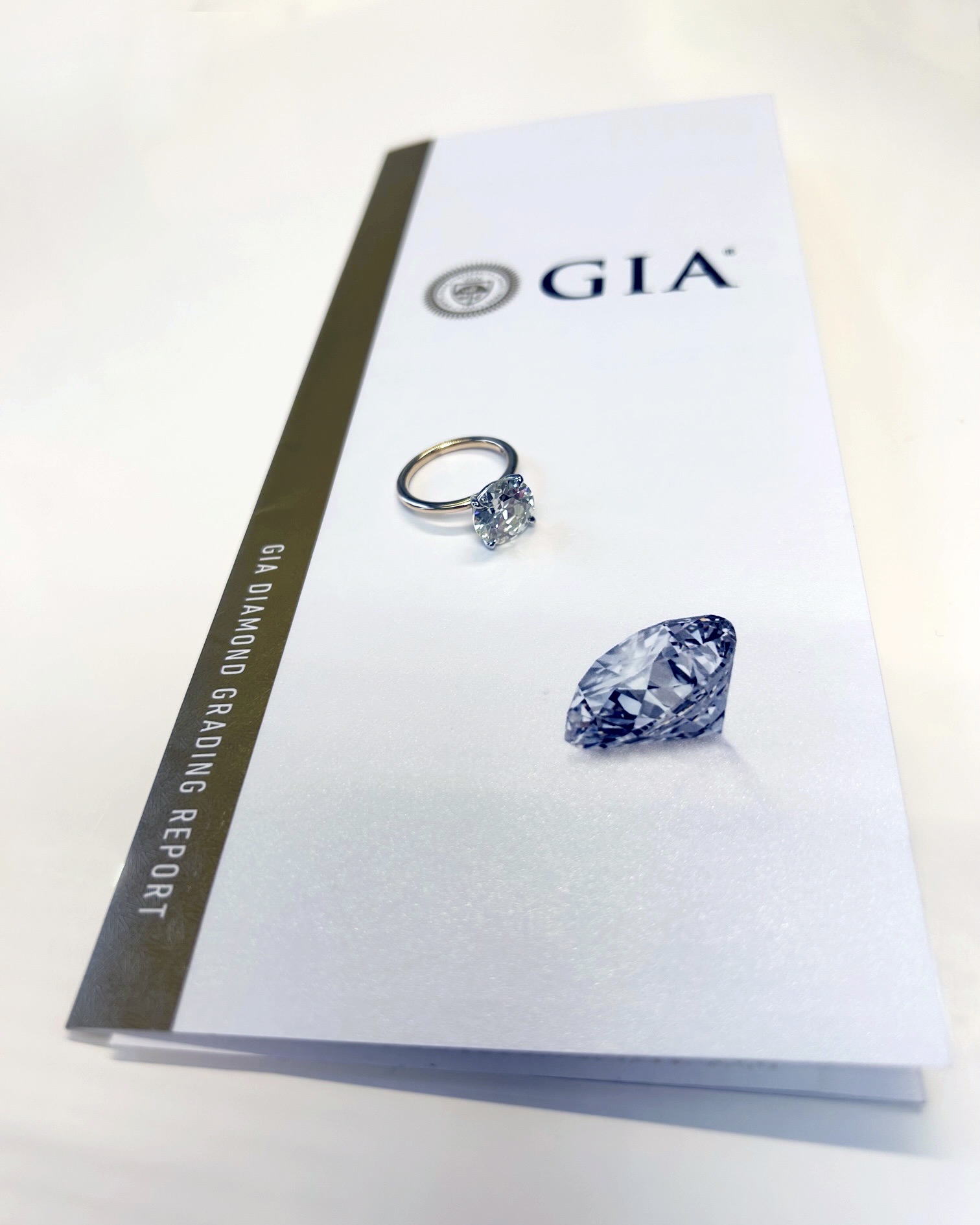
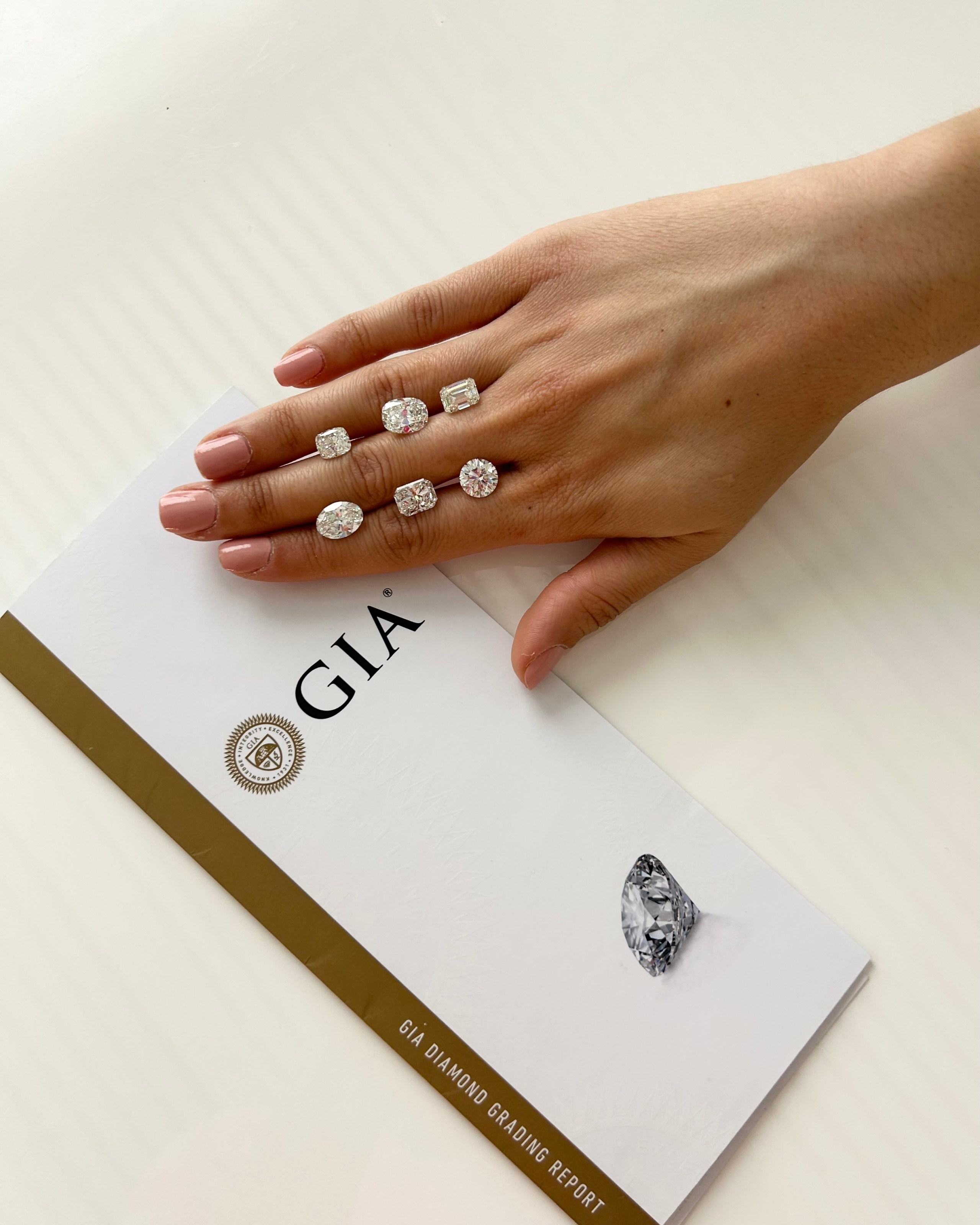
Why the 5 Cs Matter
Jewelry—especially an engagement ring—is more than a purchase. It’s a symbol of love, a future heirloom, and a piece of forever. The 5 Cs ensure that the diamond you choose meets not only aesthetic standards but ethical and enduring ones, too.
Whether you’re buying your first diamond or expanding your collection, use the 5 Cs as your foundation. And always, always ask for the certification. Issued by a trusted gemological laboratory like the GIA or GSI, certification provides an unbiased assessment of the diamond’s quality and authenticity. It protects you as the buyer and verifies that the diamond’s characteristics—like cut, color, clarity, and carat weight—have been professionally evaluated. That fifth C may just be the most valuable of them all.
The Bottom Line on the 5 Cs
Shopping for a diamond engagement ring is an incredibly personal and meaningful experience. While every jeweler or boutique may offer a different selection, your confidence in choosing the right ring comes from understanding the 5 Cs—cut, color, clarity, carat, and certification.
Yes, the process can feel romantic and dreamy, but it can also be overwhelming without the right information. Coming prepared with knowledge of the 5 Cs will not only make the journey more enjoyable, but it will also empower you to select a diamond that’s truly worthy of a lifetime. Happy (almost) engagement!
